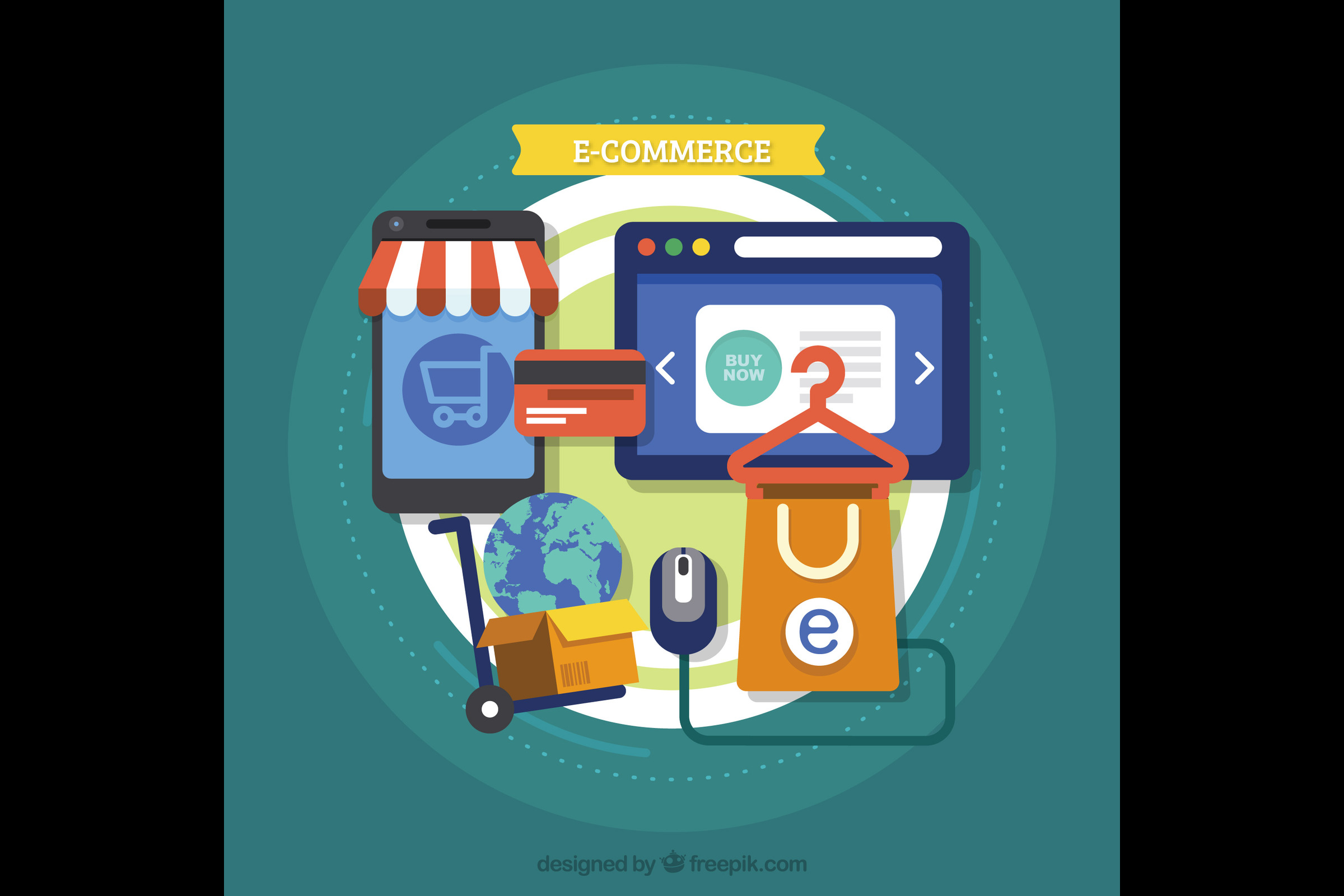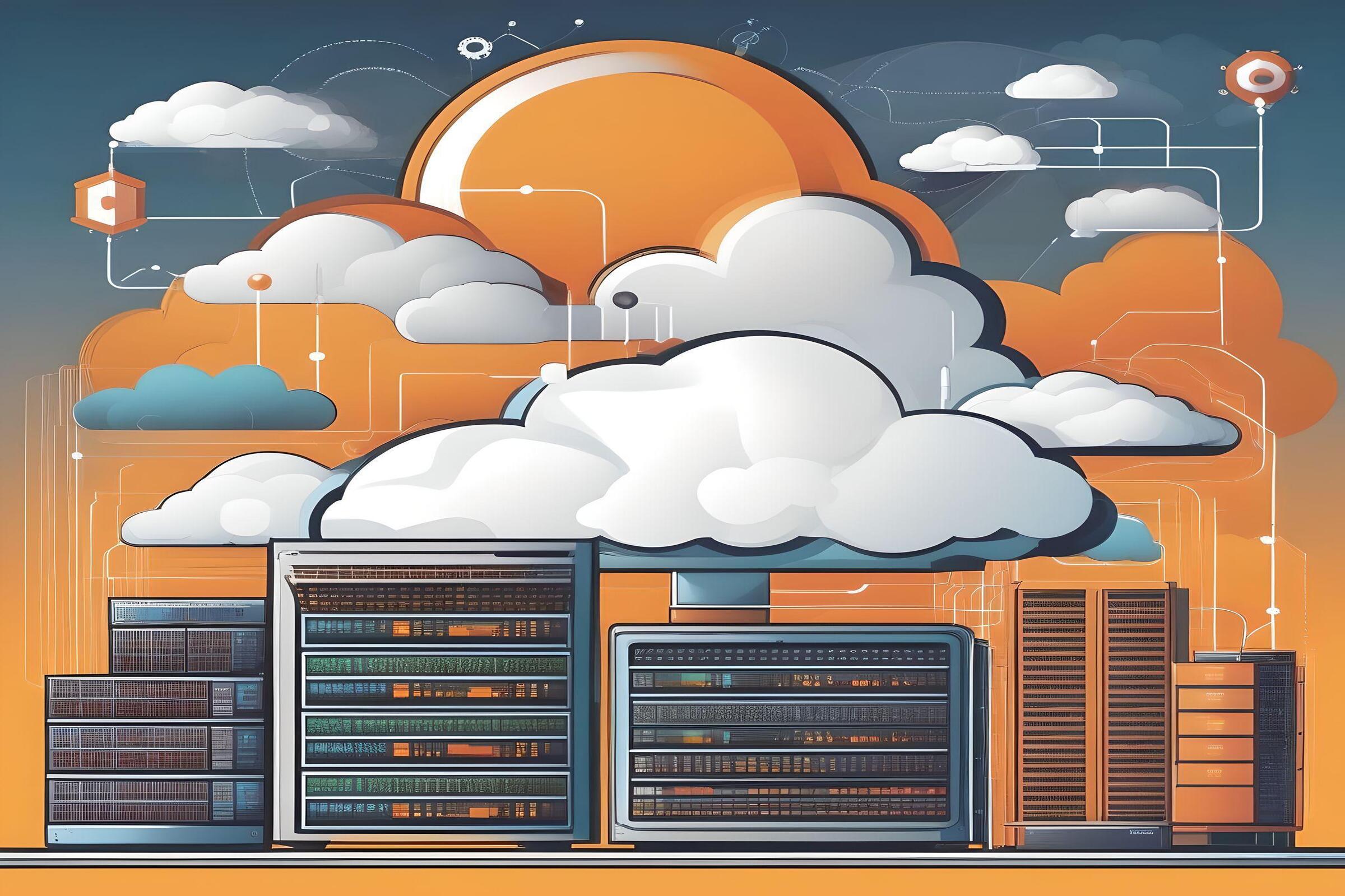E-commerce continues to evolve rapidly, driven by new technology, changing customer habits, and strategies focused on improving the shopping experience. Several major trends are shaping the industry, from omnichannel retailing and personalisation to data-driven marketing. E-commerce businesses are constantly innovating to stay ahead in a fast-moving market.
In this blog, we explore the top trends driving e-commerce growth and how growth marketing plays a vital role in this transformation.
1. Omnichannel Retailing: Reaching Customers Everywhere
Omnichannel retailing has become a must for e-commerce businesses. The shoppers interact with brands through multiple channels, such as physical stores, mobile apps, social media, and online marketplaces. A seamless connection between these platforms ensures customers have a smooth shopping experience, no matter where they choose to browse or buy.
A study by the Harvard Business Review found that 73% of shoppers use multiple channels during their purchase journey. This approach not only improves customer satisfaction but also boosts sales. Businesses that implement omnichannel strategies see a 23% increase in customer retention and a 15% rise in average order value.
The challenge for retailers is keeping everything in sync—inventory, pricing, promotions, and customer support must remain consistent across all platforms. Growth marketers play a key role in creating campaigns that engage customers at every stage, whether in-store, on social media, or through email.
What’s Next?
The next phase of omnichannel retailing will be driven by immersive technologies like augmented reality (AR) and virtual reality (VR). These tools will allow customers to interact with products in new and exciting ways, making shopping more personalised and engaging. As these technologies become more accessible, more e-commerce businesses will start using them.
2. Personalisation: The Key to Customer Loyalty
Businesses now use AI and machine learning to create highly tailored shopping experiences based on individual preferences, past purchases, and browsing behaviour.
According to McKinsey & Company, 71% of consumers expect personalised experiences, and businesses that deliver this see significant benefits. Personalisation can increase conversion rates by 10–15% and improve customer retention by 20–30%.
AI-powered tools help businesses analyse large amounts of data, predicting what customers want before they even realise it. Platforms like Amazon and Netflix have set high expectations for personalised recommendations, and now, smaller e-commerce brands are using similar technology to compete.
What’s Next?
The future of personalisation is hyper-personalisation, where AI and predictive analytics create truly individualised experiences. Instead of broad customer segments, businesses will tailor every interaction to the specific needs of each customer.
Voice assistants like Alexa and Google Assistant will also become more important, helping customers find and purchase products through voice commands.
3. Data-Driven Marketing: The Engine Behind E-commerce Growth
Data is now the driving force behind e-commerce success. Businesses can use customer insights to make better decisions, improve marketing strategies, and increase sales.
A survey by Forrester Research shows that 77% of companies rely on data to shape their growth strategies. This includes optimising pricing, improving product recommendations, and refining customer engagement tactics.
For growth marketers, the challenge is no longer collecting data but understanding and using it effectively. Tools like Google Analytics, Hotjar, and Mixpanel help businesses track customer behaviour in real time, offering valuable insights to improve websites, product pages, and marketing campaigns.
What’s Next?
As data privacy regulations like GDPR and CCPA become stricter, businesses will need to balance personalisation with customer privacy. First-party data (collected directly from customers) will become more valuable as access to third-party data decreases.
More businesses will focus on ethical data collection and transparent communication about how customer data is used.
4. Growth Marketing: Driving the Future of E-commerce
Growth marketing is different from traditional marketing. It looks at the entire customer journey, using multiple strategies—SEO, content marketing, paid ads, and retention marketing—to drive long-term success.
Growth marketers focus on data-driven decision-making to improve return on investment (ROI). For example, A/B testing allows businesses to compare different versions of web pages, emails, and ads to see what works best.
Content marketing also plays a major role in helping businesses attract and retain customers. E-commerce brands use blog posts, video tutorials, and social media to engage with their audience and build trust.
Customer engagement is another key area. Businesses are using chatbots, personalised emails, and SMS marketing to keep customers engaged and increase their lifetime value (LTV).
What’s Next?
As e-commerce becomes more competitive, growth marketing will rely more on automation and AI. Businesses will use AI-powered tools to automate customer segmentation, content creation, and campaign management, making marketing more efficient without losing the personal touch.
Expect AI to play a bigger role in predicting trends, optimising campaigns, and delivering even more tailored shopping experiences.
Conclusion
E-commerce is evolving fast, and businesses must adapt to stay ahead. Key trends like omnichannel retailing, personalisation, and data-driven marketing are shaping the future of online shopping.
By embracing technology and focusing on customer experience, brands can drive growth and stay competitive.
Interested in outsourcing? Speak to us
If you're interested in learning more or have any questions about the article, please visit our website's contact page. speak to our team.
“Image designed by Freepik”

















